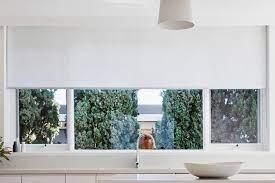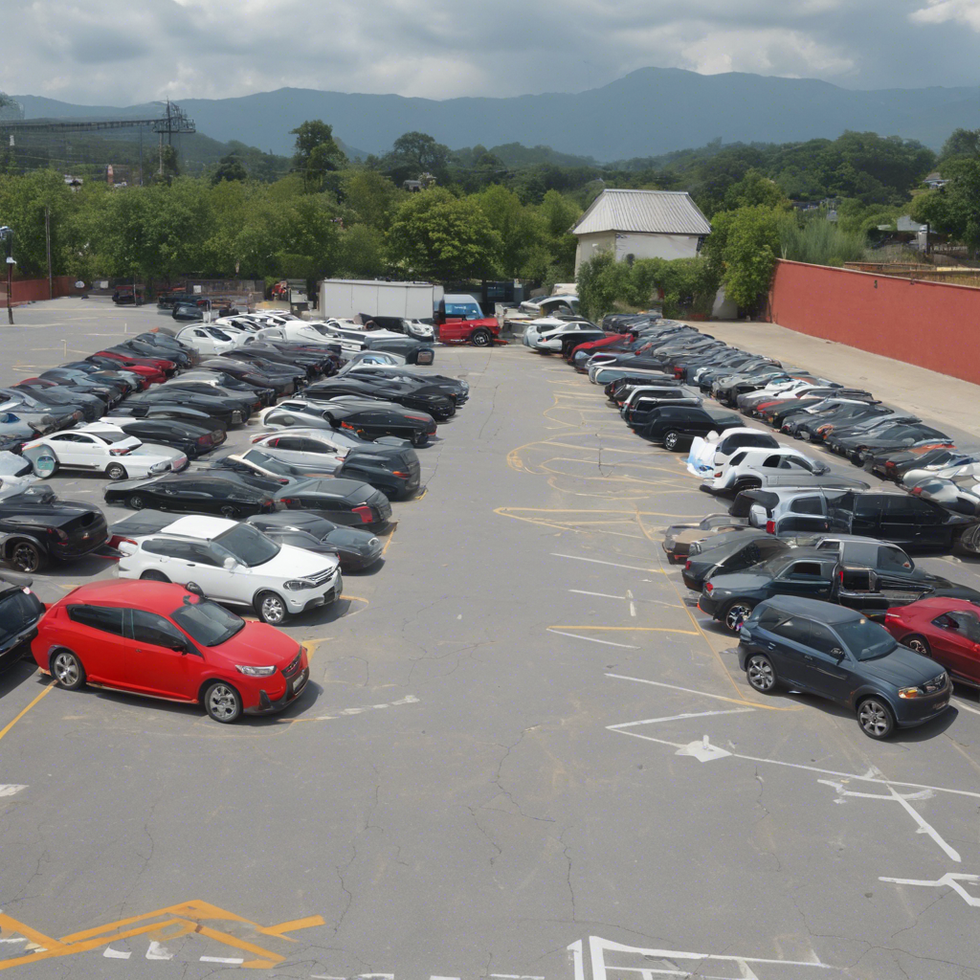Having motorized blinds on your windows can be a very helpful feature for your home. They are not only aesthetically pleasing, but they can also make a huge difference in the comfort level of your home. They can be operated in two different ways: Hardwired or Battery-powered. You'll be able to choose the one that best fits your needs.
Battery-powered
Adding battery-powered motorized blinds to your home can add style and convenience. This form of window covering is easy to install and maintain, and it's the perfect solution for those with high-up windows. Battery-powered blinds are also compatible with IFTTT, a smart home app that connects devices to your home's existing automation system.
The battery that powers these shades is not something you can see, but it's important to note that it's located right above the blinds. Batteries used for motorized blinds are typically AA batteries, but lithium batteries can last a bit longer.
Battery-powered motorized blinds can be installed on any window or window treatment. For example, blinds that have been pre-wired with a blinds-to-wall control system can be converted to battery-powered blinds.
These motorized blinds can be a fun way to add style and convenience to your home, but they can also be expensive. They're more expensive than plug-in blinds, but they do save money on energy bills. The solar-powered option also costs more.
While battery-powered motorized blinds can be an expensive upgrade, they're the best option for privacy concerns. Battery-powered blinds can be retrofitted to existing blinds, and they feature morning and evening modes. They also come with a smart home app that allows you to monitor how much sun is in your home and control your blinds from anywhere in the world.
Hardwired
Using motorized window coverings is a convenient way to add style and function to your home. They can be programmed to open and close automatically, using a remote control or smartphone. Some are wireless, while others are powered by batteries.
Hardwired motorized blinds are more energy-efficient and reliable than battery-powered versions. They are also less expensive to operate. Hardwired blinds take energy directly from your main power source, ensuring that your shades will always work.
Motorized blinds can be powered by batteries, DC power adaptors, or hardwiring. Battery-powered motorized blinds are the most convenient, but they may not be suitable for large windows. Battery powered blinds are also relatively easy to install. The battery sits out of sight, making it less of a focal point.
Hardwiring your blinds is a less expensive option, but it does require an electrician to install. The wires must be hidden. They also require a lot more planning and preparation than battery-powered options. This means that installing hardwired blinds may not be the best option for your home.
Battery-powered motorized blinds are the easiest to install. They're also the most elegant option. They don't take up a lot of outlet space, which is especially convenient for windows that are far from your main outlets.
Timed schedules
Using timed schedules for motorized blinds is a great way to save energy. They also help deter burglars from getting into your home.
A timer can operate single or multiple window blinds. You can also use a timer to program a shade to close at night. It can also work to prevent the motor from doing certain actions. This is similar to how you would use a programmable thermostat.
You can also choose a timer to set your shades to open at the morning sun and close at the evening sun. This will help keep out the heat during the summer and minimize energy costs during the winter. You can also set your shades to close automatically when temperatures rise.
Another option is to use sun sensors. These can be used to automatically close your shades when the sun starts to rise and open when the sun sets.
Another way to create a timed schedule is to use a SmartBlinds app. These are available for iOS and Android devices. The app can be downloaded to your phone and allows you to set schedules for the blinds. You can also override schedules when needed.
These systems can also be used to create timed schedules for motorized window coverings. They can work by synchronizing with other smart home hubs and devices. These systems can be used to control natural light and to prevent sun damage to furniture and artwork.






 StableDiffusion
StableDiffusion Photo by
Photo by  Photo by
Photo by 
 full parking
StableDiffusion
full parking
StableDiffusion









